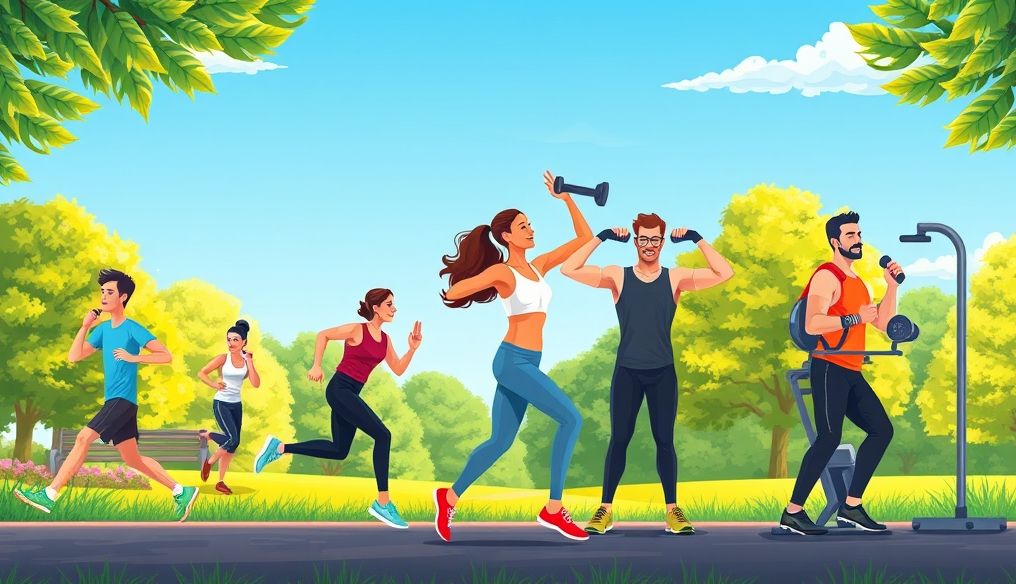What is Critical Thinking and Why is it Important?
Critical thinking is the ability to analyze information objectively, evaluate arguments, identify assumptions, and draw logical conclusions. It goes beyond simply remembering facts; it's about understanding, evaluating, and applying them in new and innovative ways. The importance of critical thinking lies in:
- Making Better Decisions: It helps you evaluate available options and make informed decisions based on evidence and logic.
- Solving Problems Effectively: You can analyze complex problems, identify root causes, and suggest innovative solutions.
- Adapting to Change: In a rapidly changing world, critical thinking helps you adapt to new information and unexpected challenges.
- Communicating Clearly: You can build strong arguments and express your ideas clearly and persuasively.
- Academic and Professional Success: Critical thinking is an essential skill for success in both studies and work.
Chapter 1: Understanding the Fundamentals of Critical Thinking
Before you can develop critical thinking skills, it's important to understand the basic principles upon which it is based:
1.1 Identifying Assumptions
Assumptions are beliefs or ideas that we take to be true without conclusive evidence. Identifying hidden assumptions in arguments or information is crucial for evaluating them objectively. Ask yourself:
- What is the speaker or writer assuming?
- Are these assumptions justified?
- Are there alternative assumptions that could be considered?
Example: "We should increase the police budget to reduce the crime rate." The assumption here is that increasing the police budget will automatically lead to a decrease in the crime rate, which may not always be true.
1.2 Evaluating Evidence
Evidence is information that supports or refutes claims. To evaluate evidence effectively, consider:
- Source of Evidence: Is the source reliable? Does it have a potential bias?
- Quality of Evidence: Is the evidence strong and compelling? Is there counter-evidence?
- Quantity: Is there enough evidence to support the claim?
Example: A study claims that a certain product improves memory. To evaluate this study, you should look at the sample size, the study method, and whether there are any conflicts of interest.
1.3 Identifying Logical Fallacies
Logical fallacies are errors in reasoning that make an argument invalid. By recognizing common logical fallacies, you can avoid falling victim to faulty thinking. Some common fallacies include:
- Straw Man: Misrepresenting an opponent's argument to make it easier to attack.
- Appeal to Authority: Claiming something is true simply because someone in authority said it.
- Slippery Slope: Claiming that a small step will inevitably lead to a series of negative consequences.
- Ad Hominem: Attacking the character of the speaker instead of their argument.
Chapter 2: Practicing Critical Thinking in Daily Life
Critical thinking is not just an academic skill, but a valuable tool that can be used in all aspects of life. Here are some ways to practice critical thinking in everyday life:
2.1 Reading the News with an Open Mind
Don't accept news at face value. Instead, ask yourself:
- Who is the source of the news? Is it a reliable source?
- Is there a potential bias in the coverage?
- Are there other viewpoints that have not been presented?
Try reading news from different sources to get a more complete picture.
2.2 Analyzing Advertisements
Advertisements are designed to persuade you to buy a product or service. Be aware of the techniques used in advertising, such as:
- Emotional appeals
- Celebrity endorsements
- Exaggeration
Ask yourself: Does the advertisement provide real information or does it rely on manipulation?
2.3 Engaging in Constructive Discussions
Participating in constructive discussions with others is a great way to challenge your assumptions and expand your perspectives. When participating in a discussion, remember:
- Listen carefully to the viewpoints of others.
- Ask open-ended questions to clarify your understanding.
- Present arguments supported by evidence.
- Remain open to changing your mind if compelling evidence is presented.
Chapter 3: Developing Critical Thinking Skills Through Exercises
There are many exercises you can do to develop critical thinking skills:
3.1 Solving Puzzles
Puzzles like Sudoku and crossword puzzles require logical thinking and problem-solving, which helps improve critical thinking skills.
3.2 Playing Strategy Games
Games like chess and poker require strategic planning, risk assessment, and decision-making under pressure, which helps develop critical thinking skills.
3.3 Writing Analytical Essays
Writing analytical essays requires research, analysis, and evaluation, which helps improve critical thinking skills.
3.4 Debates
Participating in debates requires researching evidence, presenting persuasive arguments, and challenging the arguments of the opponent, which helps develop critical thinking skills.
Chapter 4: Using Technology to Enhance Critical Thinking
Technology can be a powerful tool for enhancing critical thinking. Here are some ways to use technology to improve your skills:
4.1 Using Search Engines Intelligently
Don't rely on the first search result that appears. Instead, use different keywords, compare results from different sources, and evaluate the credibility of the websites you visit.
4.2 Using Fact-Checking Tools
There are many tools available online that can help you verify facts and identify misinformation. Some popular tools include Snopes and PolitiFact.
4.3 Participating in Online Training Courses
There are many online training courses that focus on critical thinking. These courses can help you learn the basic concepts and develop your skills through exercises and practical activities.
Chapter 5: Critical Thinking in the Workplace
Critical thinking is an essential skill in the workplace. Here are some ways to use critical thinking to improve your professional performance:
5.1 Solving Complex Problems
When faced with a complex problem, start by analyzing the problem and identifying the root causes. Then, develop potential solutions and evaluate them based on their effectiveness and feasibility. Finally, implement the solution that you believe is best and evaluate its results.
5.2 Making Strategic Decisions
When making strategic decisions, consider all relevant factors, such as organizational goals, available resources, and potential risks. Evaluate the different options based on their advantages and disadvantages, and make the decision that you believe is best for the organization.
5.3 Providing Constructive Feedback
When providing feedback to others, be specific, realistic, and polite. Focus on changeable behaviors and offer suggestions for improving performance.
Chapter 6: Overcoming Obstacles to Critical Thinking
There are many obstacles that can hinder critical thinking. Here are some common obstacles and how to overcome them:
6.1 Confirmation Bias
Confirmation bias is the tendency to seek out information that confirms your existing beliefs and ignore information that contradicts them. To overcome confirmation bias, actively seek out different perspectives and be willing to change your mind if compelling evidence is presented.
6.2 Groupthink
Groupthink is the tendency to agree with the opinions of the group to avoid conflict. To overcome groupthink, encourage the expression of different opinions and evaluate ideas independently.
6.3 Stress
Stress can hinder critical thinking. To overcome stress, take regular breaks and try to relax before making important decisions.
Chapter 7: Critical Thinking and Creativity
Critical thinking and creativity may seem contradictory, but they are actually closely related. Critical thinking can help you evaluate creative ideas and identify the most viable ones. Creativity can help you generate innovative solutions to complex problems.
To foster both creativity and critical thinking, try:
- Asking "what if" questions
- Thinking outside the box
- Experimenting with new things
- Collaborating with others
Chapter 8: Measuring and Evaluating Progress in Critical Thinking
It is important to track your progress in developing critical thinking skills. Here are some ways to measure and evaluate your progress:
- Self-Reflection: Evaluate your ability to analyze information, evaluate arguments, and solve problems.
- Seeking Feedback: Ask others to provide feedback on your critical thinking skills.
- Using Tests: There are many tests available online that can help you assess your critical thinking skills.
Remember that developing critical thinking skills is an ongoing process. Continue to practice and learn, and you will notice a significant improvement in your ability to think clearly and effectively.
Conclusion
Critical thinking is an essential skill for success in all aspects of life. By understanding the fundamentals of critical thinking, practicing critical thinking in daily life, and using technology to enhance critical thinking, you can develop your skills and become smarter and more successful. Start today and you will notice the difference!




